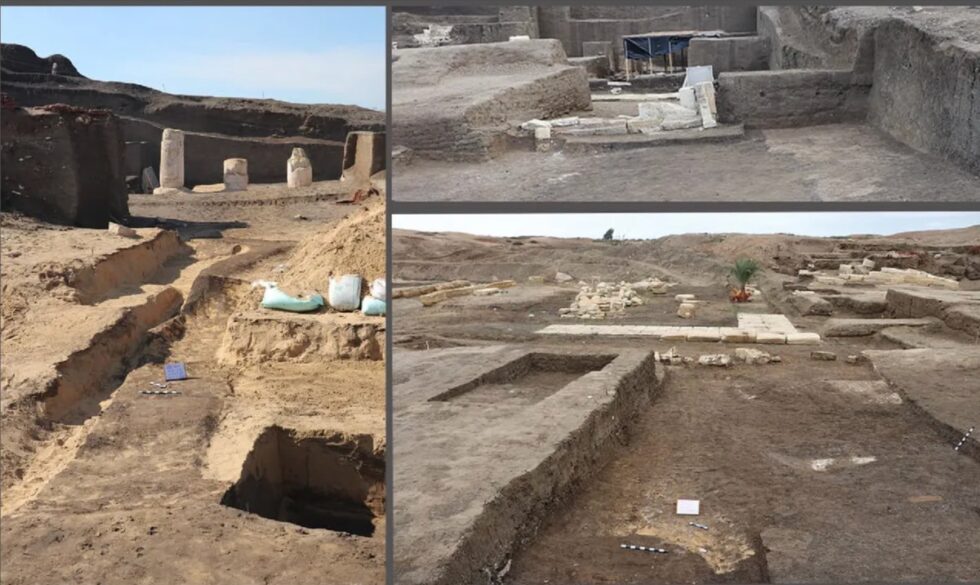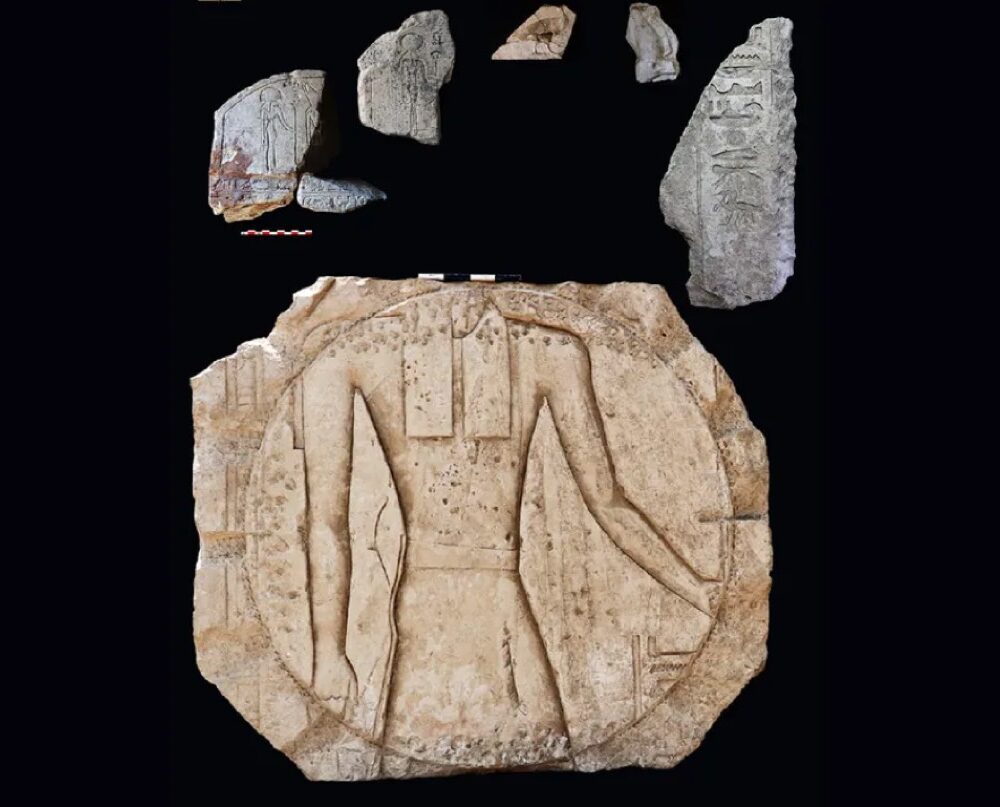Expedition leader: "Everything we found shattered our expectations."
A few years ago, Egyptian archaeologists discovered what they thought were the ruins of an ancient Egyptian temple dating back to the sixth century BCE. Subsequent finds at the site indicate that the structure was actually an astronomical observatory, deemed the first and largest such structure yet found, according to Egypt's Ministry of Tourism and Antiquities.
The L-shaped structure was found within a larger complex called the Temple of Buto (a later Greek name), known to the ancient Egyptians as Per-Wadjet and located east of Alexandria in the Nile Delta. It's now called Tell El Fara'in ("Hill of the Pharaohs"). Buto was once a sacred site dedicated to the goddess Wadjet, believed to be the matron and protector of lower Egypt, who took on a cobra form. Buto was well-known for its temple and the oracle of Wadjet, with an annual festival held there in her honor.
There were archaeological excavations of the site in the 1960s and 1980s, revealing a palace dating back to the Second Dynasty, as well as six Greek bathhouses. An Egyptian team began fresh excavations a few years ago. In 2022, they uncovered a hall at the southwestern end of the temple, with the remains of three papyrus-shaped columns aligned on a north-south axis. They also found engraved stone fragments and a limestone painting of a bird's head wearing a white crown within two feathers.

An overview of the excavation site at Tell El-Faraeen, where archaeologists uncovered the first known ancient
Egyptian observatory.
The approximately 9,150-square-foot structure had a traditional gateway at the east entrance and a carving facing east (toward the rising sun). Within the hall were images of various Egyptian deities typically associated with the sky, notably Horus in the form of a falcon, who is also the son of Wadjet. The team found numerous smaller artifacts associated with ritualistic practices as well, such as a bronze statue of Osiris, amphorae covers, pottery, and a beaded necklace (menat) often worn as a protective amulet.
All this seemed consistent with the structure having been a temple—except for the unusual placement of the pillars at the entrance. (In Egyptian monuments, pillars are often placed at the end of halls.) The team thought the trio might have been a symbolic means of dividing time into seasons or months. They also uncovered a large stone sundial used to determine sunrise, noon, and sunset, as well as an ancient Egyptian time-keeping artifact known as a merkhet—basically a bar with an attached plumb line typically used to track certain stars.
There was even the remains of what might have once been a stone observatory tower with astronomical inscriptions. "Everything we found shattered our expectations," Hossom Ghonim, head of the expedition and director-general of Kafr El-Sheikh Antiquities told Live Science, suggesting the site had a dual role as both a spiritual and a scientific place.
RIP Matrix | Farewell my friend ![]()
Hope you enjoyed this news post.
Thank you for appreciating my time and effort posting news every day for many years.
2023: Over 5,800 news posts | 2024 (till end of September): 4,292 news posts
- Ha91
-

 1
1



3175x175(CURRENT).thumb.jpg.b05acc060982b36f5891ba728e6d953c.jpg)
Recommended Comments
There are no comments to display.
Join the conversation
You can post now and register later. If you have an account, sign in now to post with your account.
Note: Your post will require moderator approval before it will be visible.